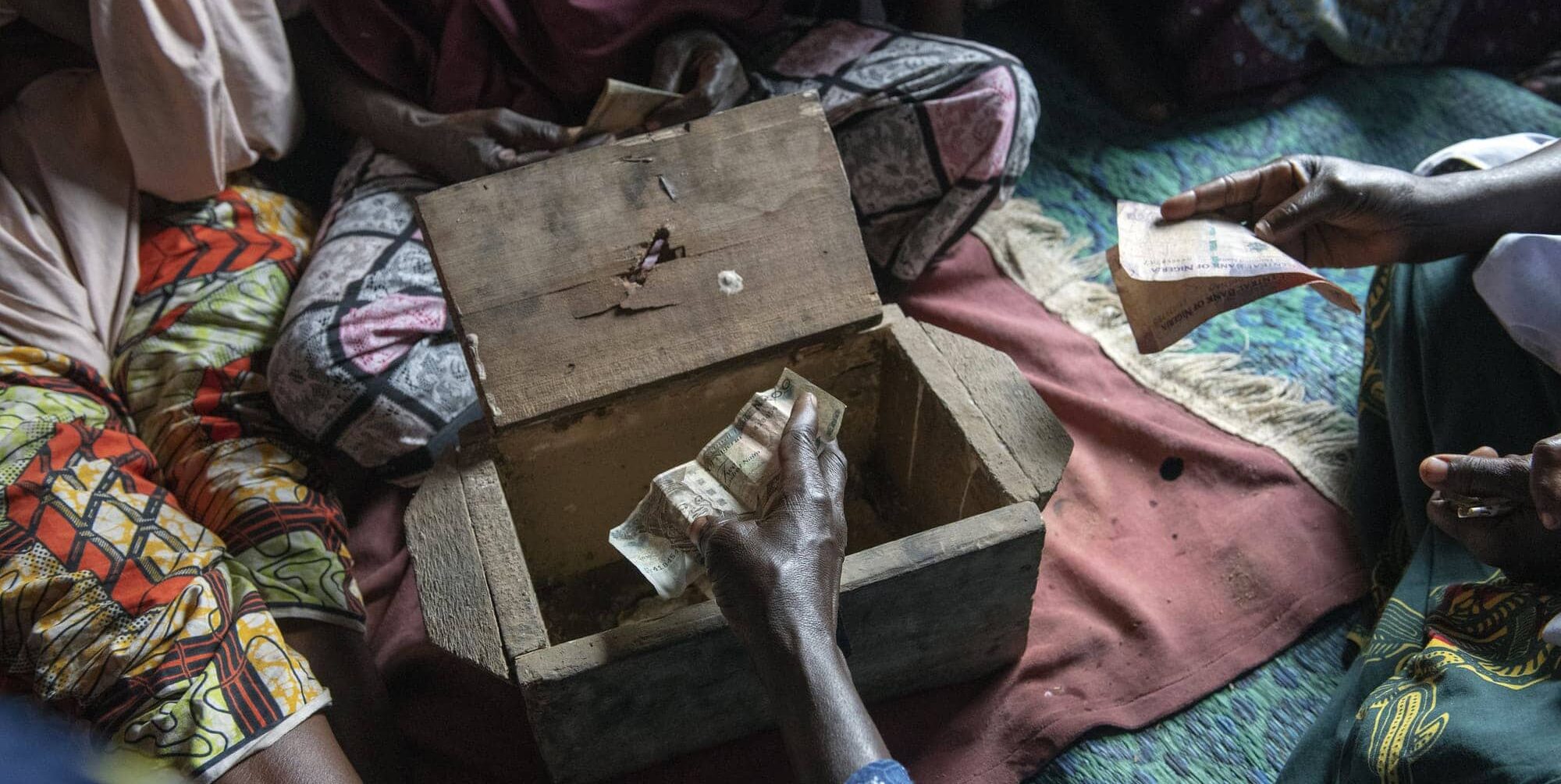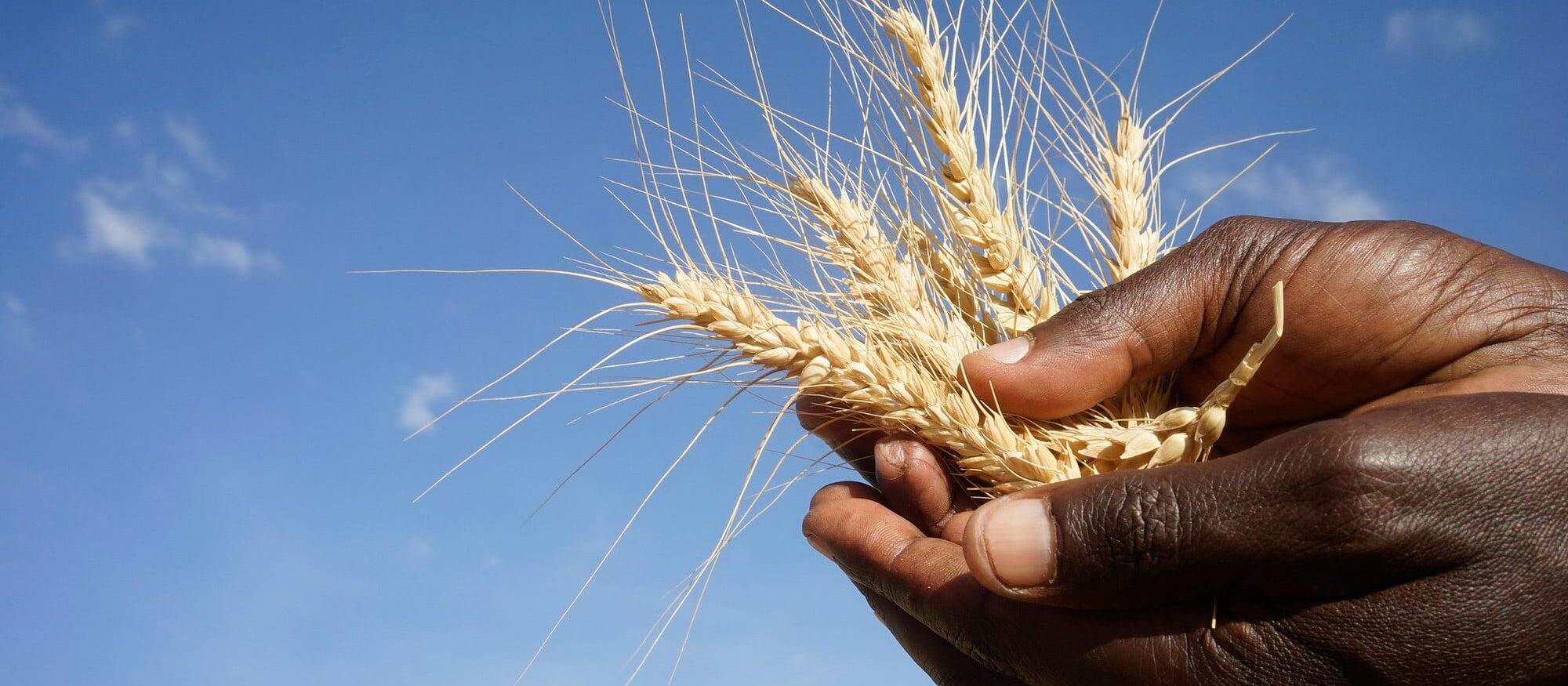Rice farming technologies improve access to credit in Senegal
In 2020, the CGIAR Research Program on Rice (RICE) found that a rice threshing technology developed and promoted by AfricaRice, a RICE partner, has positively affected the access of Senegalese rice farmers to credit and their creditworthiness.
Manual rice threshing, which is mainly carried out by women farmers in many parts of Africa, is labor-intensive. Manual rice threshing also causes post-harvest losses of up to 35%.
In response to these challenges, an improved rice thresher — the ASI thresher — was developed by RICE partner, AfricaRice, and its partners. ASI is an acronym for the three partners involved in the development of this improved rice thresher: AfricaRice, the Senegal Extension Authority for the Senegalese River (SAED), and the Senegalese National Agricultural Research Institute (ISRA). The ASI thresher mechanically separates rice grains from the panicle without damaging the grains. It also has high threshing capacity, generates low fuel costs, and can easily be manufactured locally.
The adoption of the ASI thresher by rice farmers in the Senegal River Valley increases their access to credit and their creditworthiness through various pathways.
A 2020 study revealed that when rice farmers in the Senegal River Valley adopted this technology, their access to credit increased. ASI rice thresher adopters received more loans (between US$388 and US$864 per season) compared to neighbors who had not adopted the ASI thresher. The ASI cleanly separates 99% of the grains, resulting in a better-quality product. Increased grain quality is an important factor in input-output and contractual credit arrangements. In addition, by using the improved ASI thresher technology, farmers saved labor time, freeing up time for other income-generating activities.
With ASI, I save time; I was able to do double cropping and other nonfarming activities. I borrowed more money to expand my activities and I repaid everything.
Senegalese rice farmer
The study recommended that policymakers and other stakeholders increase their efforts to promote the adoption of the ASI-thresher in Senegal and other rice-producing regions in Africa to contribute more effectively to meeting the United Nations’ Sustainable Development Goals.



